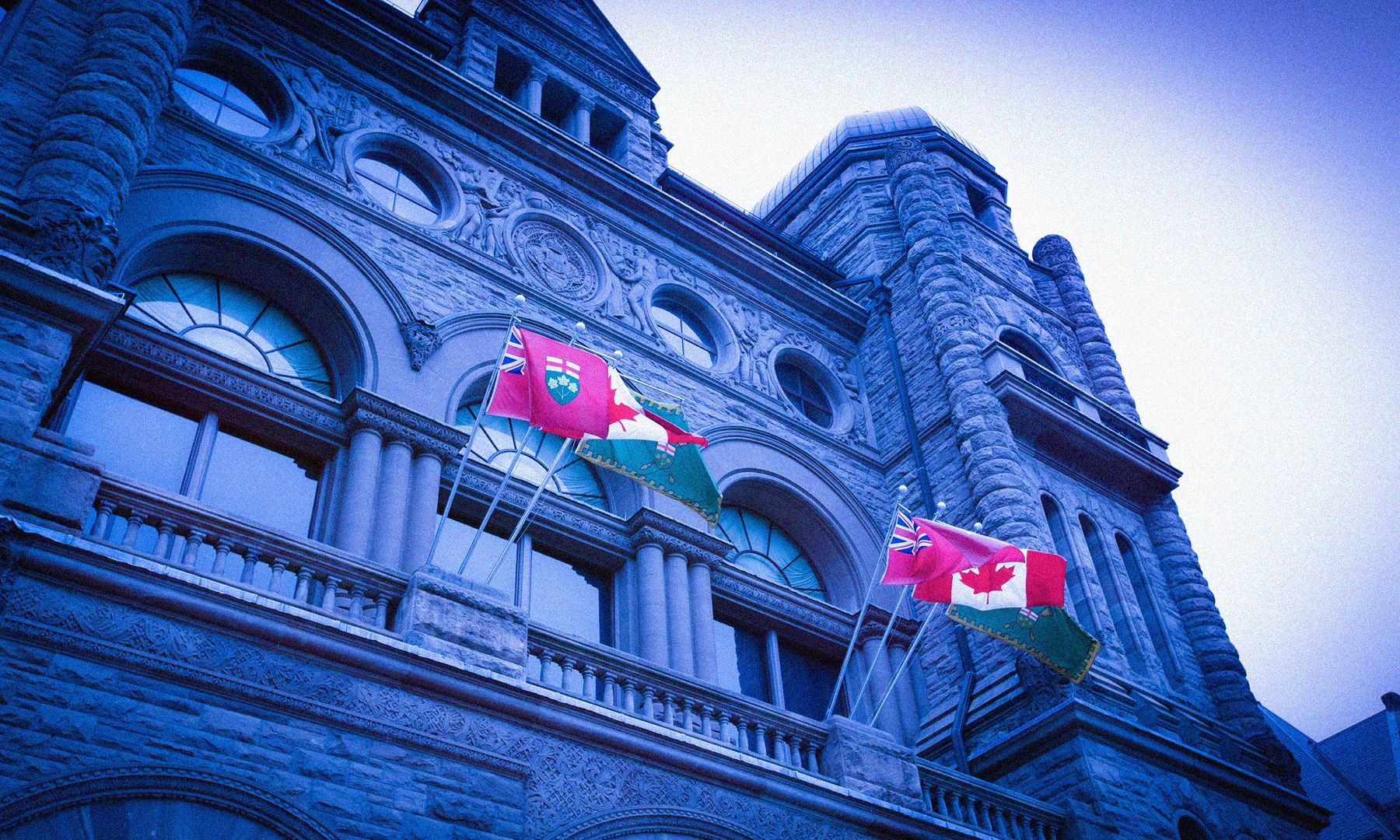When it comes to paying for the services people depend on, Ontario is utterly out of step with the rest of the country. That’s an obvious conclusion to draw from the latest report by the Financial Accountability Office (FAO), released April 10.
At 15 pages, the FAO’s 2022-23 Interprovincial Budget Comparison is a quick read. But it does a far better job of explaining Ontario government finances than last month’s provincial budget did.
Here’s the key takeaway: compared to other provinces, Ontario is a cheapskate. Simply put, Queen’s Park doesn’t like paying for things—no matter how important they are to people’s lives.
Think of the public services and programs the province delivers. Think of health care. Schools. Courts. Colleges. Child protection. Environmental protection. Income supports. These are vitally important. They’re not getting the funding they need.
Here are three basic facts based on figures in the FAO report and the Ontario budget:
- In 2022-23, Ontario spent $3,251 less per person on public programs compared to the average of the other provinces. At that rate, to reach the Canadian average, we would have to spend close to 27 per cent more on programs than we do now. In the current year, with spending budgeted at $200.6 billion, that would mean spending an additional $53.7 billion.
- In per capita health care funding, where Ontario is the worst in Canada, we would have to spend 18 per cent more to reach the Canadian average. In the current year, with spending budgeted at $85.0 billion, that would mean spending an extra $15.2 billion.
- On the revenue side, Ontario raises $4,033 a year less per person than the average of the other provinces. By this measure, we would have to increase our total revenues this year by 32 per cent to be average. That’s $65.6 billion.
These are large, shocking numbers, to be sure. They are the product of nearly three decades of blatant fiscal mismanagement. The result? Rising provincial debt and deteriorating public services.
The FAO points out that Ontario receives less money per capita in transfers from the federal government than other provinces, but doesn’t delve into the reason. The reason is this: our provincial economy is easily strong enough to pay for public services without extra federal help. As the FAO wrote in a similar report two years ago, “Ontario received the lowest federal transfers per capita among the provinces in 2020, reflecting the Province’s greater ability to generate tax revenues relative to other provinces, which limits its eligibility to qualify for transfers such as Equalization payments.”
In other words, Ottawa isn’t going to bail out a province that is perfectly capable of funding its own provincial programs.
The FAO’s 2022-23 Interprovincial Budget Comparison isn’t just another report: it explains much of what is happening in the province today. It’s essential reading for every Ontarian—and every Ontario politician.


